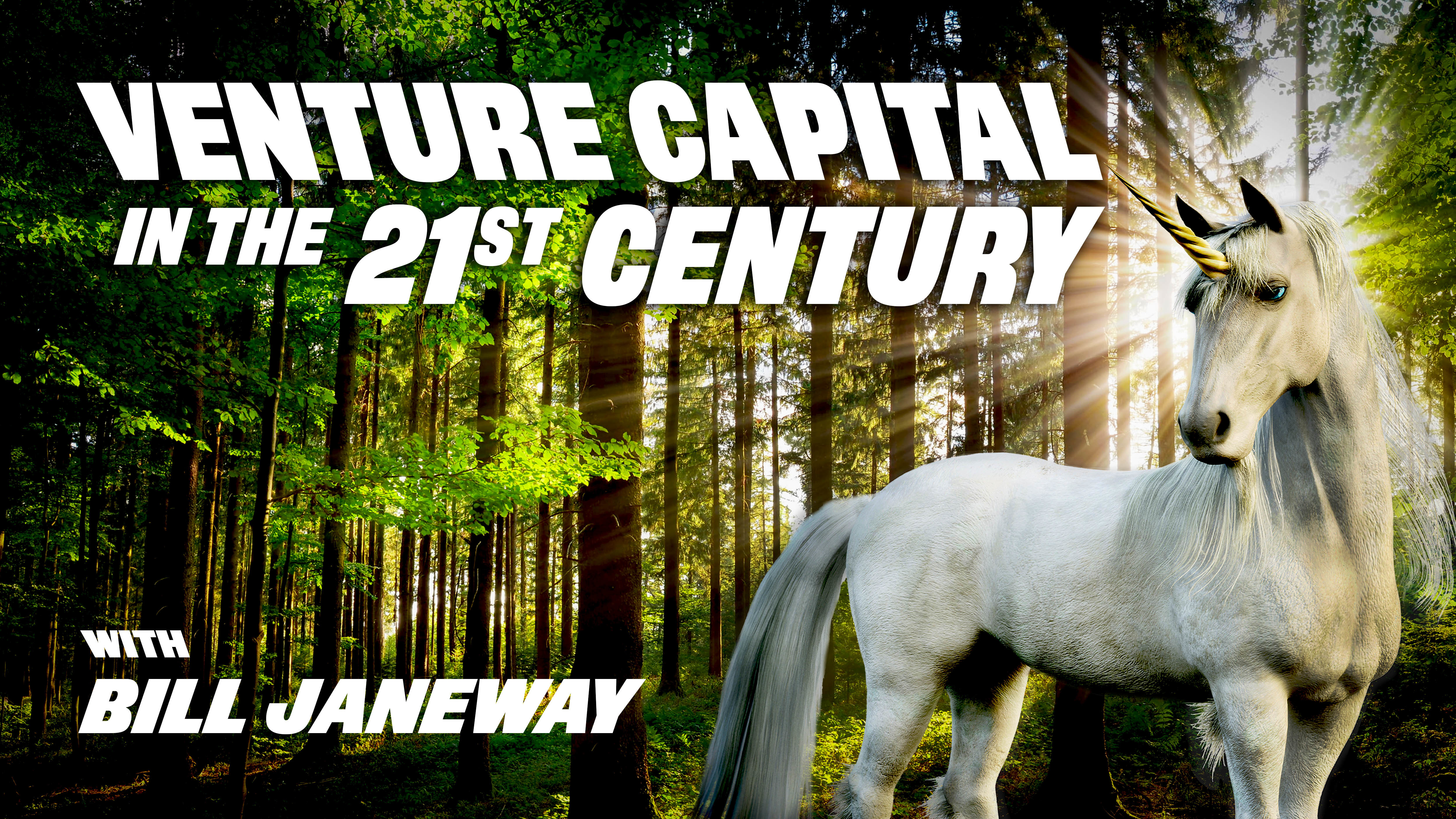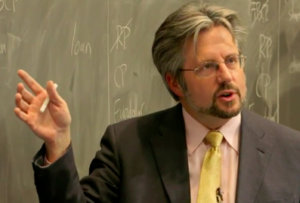In this eight-part series, Bill Janeway investigates the relationship between venture capital and technological innovation, and the interdependent roles of entrepreneurial firms, the mission-driven State and financial speculation in the overall innovation system.
Investing at the Technological Frontier
Economic growth and development can be conceived as an evolutionary process, punctuated and driven by technological innovations. Investment on the frontier of new technology, new processes and new markets necessarily means investing in an environment of radical uncertainty about the future, in which the past serves as little guide. Janeway draws upon the classic insights of Keynes, Knight and Schumpeter to explain the interdependent roles entrepreneurial firms, the State and financial capitalism have historically played in translating technological innovation into economic development, and how they have changed over time.
What Venture Capitalists Do
What is the relationship between entrepreneurial firms and venture capital? In providing start-up financing, venture capital investment may earn high payoffs if a new technology succeeds, but also risks large losses if it does not. Janeway reviews the various strategies VCs have taken in financing new technology firms and the factors influencing their decision-making. He also discusses the VC's relationship with the entrepreneur and their record in building technologically innovative firms. He also explains why certain sectors might face more obstacles than others in attracting venture capital.
Evaluating Venture Capital Performance
Janeway reviews the performance of Venture Capital firms and recent changes in the venture capital market. He starts by summarizing the stylized facts of venture capital returns (highly skewed, very persistent, and correlated with the stock market). VC capital increased rapidly in the late 1990s, peaking in 2000. VC returns have since settled down, with longer holdings and fewer IPOs. But with the climate of zero real interest rates since 2008, new unconventional investors (private equity, hedge funds, etc.) have waded into venture financing directly, hunting for the high returns of the next big tech giant. A "Unicorn Bubble" has developed as a result, where dubious firms have been financing their growth by selling illiquid securities at inflated prices to deep-pocketed investors with little expertise or control over the entrepreneur. This may have implications on the long-term link between venture financing and technological innovation.
The Failure of Market Failure
What are the rationales for State support for technical innovation? Adopting the Neoclassical approach of "market failure", Nelson and Arrow suggested that private business firms will invest less in research & development than is socially optimal. Empirical estimates suggest that the gap between private and social benefit is quite large. This has served as a justification for the large increase in State investment in basic research since WWII. But historically, State intervention in innovation was driven by concerns for national security and economic development. Janeway suggests it is better to think in terms of national systems of innovation, rather than market failure.
The Banality and Necessity of Bubbles
Financial speculation and bubbles are often of vital importance in fueling technological progress. Janeway reviews and distinguishes between various kinds of speculative bubbles over the past two centuries. While many have been unproductive and all have crashed, some bubbles have had a long-run productive impact by spurring investment into real capital and new technology (e.g. railways, electrification, computers). Financial bubbles can often help close financing gaps when venture capital by itself would otherwise have fallen short, and thus have played an instrumental role in accelerating technological innovation.
Exploring New Economic Space
What is the relationship between core general purpose technologies (e.g. steam engine, electricity, computers) and the sectors to which they are applied (e.g. railways, radio communications, e-commerce)? There is positive feedback between innovation in core technologies and development and deployment in application sectors. The impact of technological innovation on the macroeconomy is often underestimated. As is the important role of the State in fostering both core technologies and application sectors. Finally, this episode explores the relationship between innovative firms on the frontier and established firms with channels to markets. This returns to the Schumpeterian question of the source of new inventions, whether firms develop it internally or acquire it externally from other firms. Start-ups with innovative labor are a major source for other firms, validating the role of venture capital in feeding the overall innovation system.
The Digital Revolution and the State
The digital revolution was pioneered by the mission-driven State, and has evolved considerably since. Janeway considers the impact of the digital revolution, and how it might have led to the puzzle of productivity growth slowdown. This includes large increases in industrial concentration, rising inequality, overall decline in business dynamism, increased globalization and financialization, and its attendant fragility, and political polarization. The digital revolution, enabled by the State and speculation, has fed back to transform the market economy and the State's ability to offset the consequences of its own disruptions.
Leadership of the Next New Economy
What will the next technological revolution look like? What challenges will be posed by climate change? Economists cannot approach it merely as an externalities pricing problem, but one which will require a wider range of policies to be effective. A new Green Economy needs to be built, which will require a mission-driven State prepared to invest on a massive scale. Political leadership may be currently fragmented and resistant. But the incentives to collaborate among nations, particularly between the United States and China, will become increasingly compelling.











